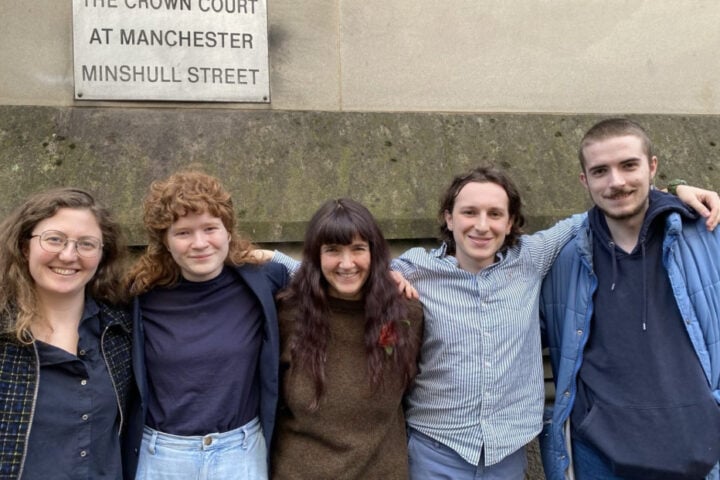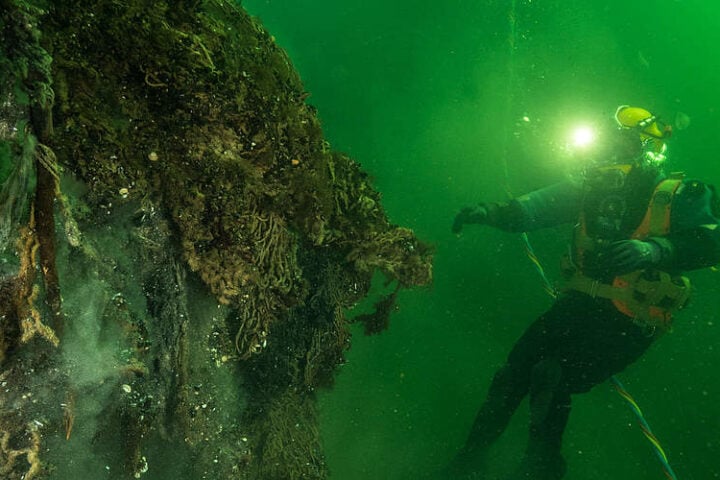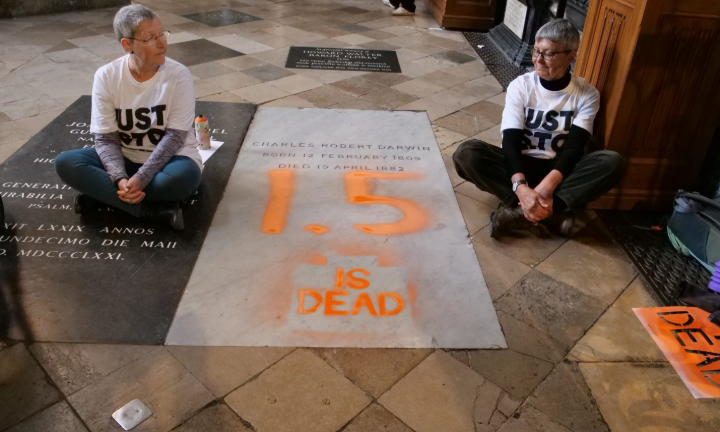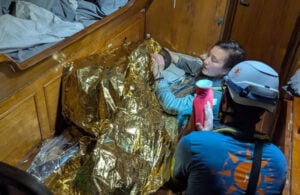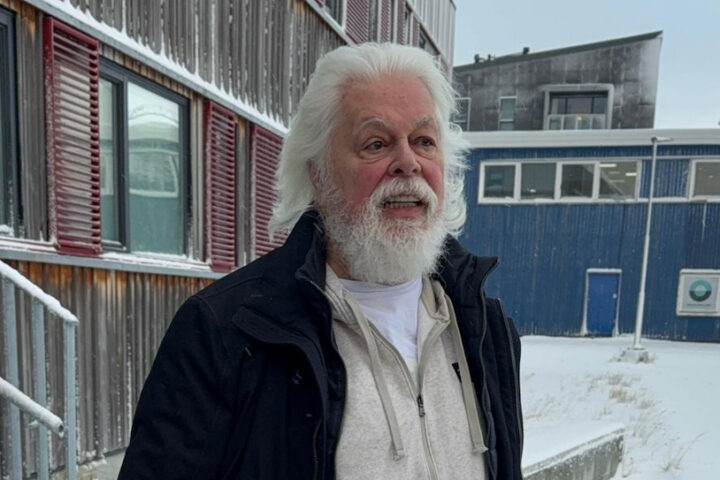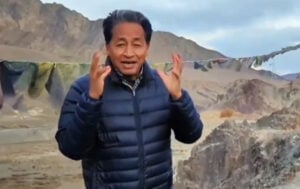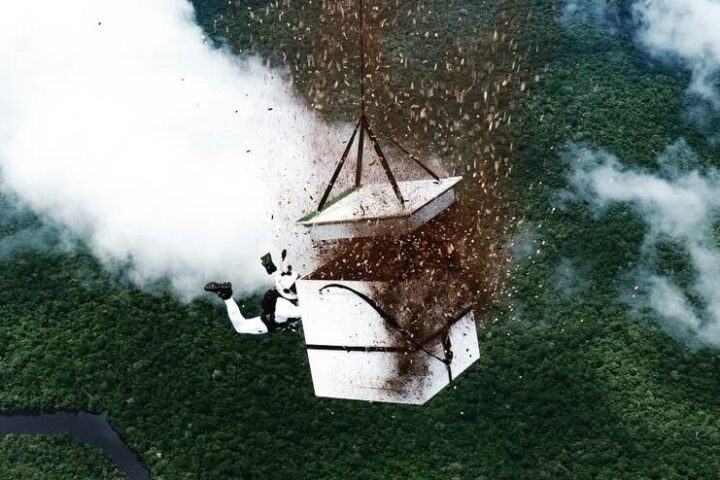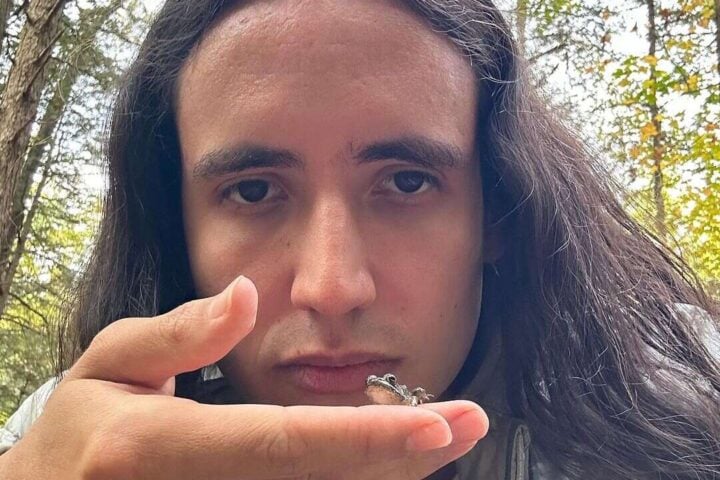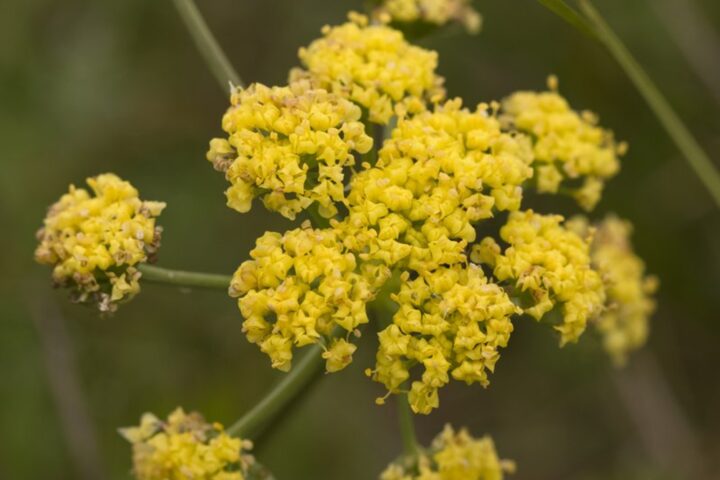A group of conservation advocates has asked the federal judge to not allow the lithium exploration project on the border of Ash Meadows National Wildlife Refuge in Southern Nevada. This motion for a preliminary injunction was filed after a group sued the US Bureau of Land Management earlier after approving the project.
The need for an environmental review of the project has not been officially announced as of now. Hence, the Centre for Biological Diversity and the local non-profit Amargosa Conservancy filed the motion for a preliminary injunction in U.S. District Court in Las Vegas.
Mason Voehl, executive director of the Amargosa Conservancy, said, “Rover’s drilling project risks everything we and our community hold dear at Ash Meadows. We have no choice but to seek this urgent legal remedy to halt the drill rigs before the unthinkable happens.”
Rover Metals, a Canadian mining company, plans to begin drilling at its Let’s Go Lithium Project within a couple of weeks, risking irreparable harm to the abundant desert springs at Ash Meadows and threatening the numerous species of wildlife they support.
Similar Posts
A fourth-generation Amargosa Basin resident, Susan Sorrells, who owns the nearby small community of Shoshone Village, also joined as a party to the suit. The great-grandfather of Sorrells’s,” Ralph Fairbanks”, owned a ranch at Ash Meadows in the early 20th century. Fairbanks Spring provides habitat for endangered species in the refuge and is threatened by Rover’s drilling. Sarah Sorrells has oriented her businesses in Shoshone around ecotourism and single-handedly rescued the endangered Shoshone pupfish from extinction. She joined the motion to block Rover’s drilling project to protect her businesses and home.
The motion for preliminary injunction includes expert testimony from a hydrologist and a fish biologist that details the irreparable harm to Ash Meadows and the endangered species that live in the area if Rover is permitted to begin drilling. The lawsuit says the BLM failed to conduct any environmental analysis or consult with the U.S. Fish and Wildlife Service about potential harm to endangered species.
Patrick Donnelly, Great Basin director at the Centre for Biological Diversity, says “The science is clear. Rover’s project threatens to destroy endangered species habitat in a protected wildlife refuge. Instead of requiring environmental analysis of the inevitable harms this project will cause, federal officials rubber-stamped a Canadian mining company trashing our beloved national wildlife refuge. We won’t let them get away with it.”






